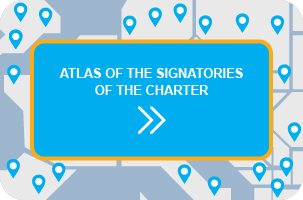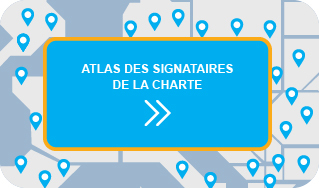Inequalities persists in science
Every three years the DG Research and Innovation publish a summary of collected data on women in science and research called “She Figures”, facilitating cross-national comparisons and making available gender disaggregated data on EU level.
The latest edition She Figures 2012 published in March 2013 reveals large challenges. Despite the positive trends during recent years, women’s catching up seems to have slowed down, especially at the PHD level. Women still remains under represented in scientific research and there are only 33 per cent of women researchers in EU-27 (figures from 2009). Moreover, there is still a persisting problem of gender segregation in different fields of science. Female scientists are to a further extent employed in higher education and public sectors than in the business sector. There are also more female researchers in social, agricultural and medical sciences and humanities than in the field of engineering and technology.
The under-representation of women on high-level academic positions reduces women’s opportunities to influence the scientific agenda and makes it hard for young academic women to get female role models.
She Figures 2012 also introduces new additional data on research mobility and on the proportion of women and men employed in different sectors related to science and research.
Another topic that is analyzed is the work life balance-issue and to what extent researchers are affected by this.
The Commission has set up an Expert group to analyze challenges in Research Funding. Their conclusions are gathered in the report, The Gender Challenge in Research Funding – Assessing the European National Scenes, published in May 2009. The report highlights the role of funding organizations in the promotion of gender equality in research.*
For further information visit the following link of the European Commission DG Research and innovation.















